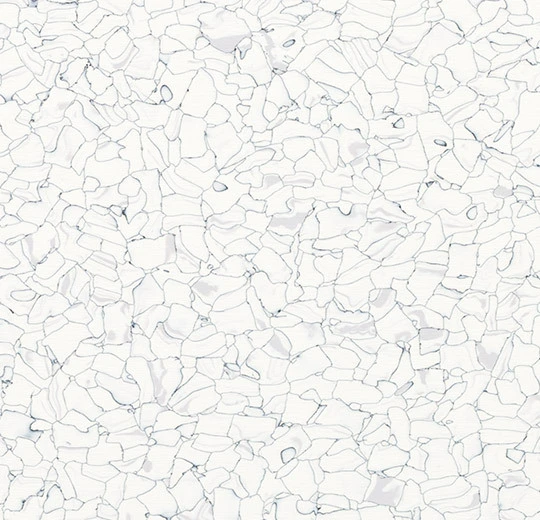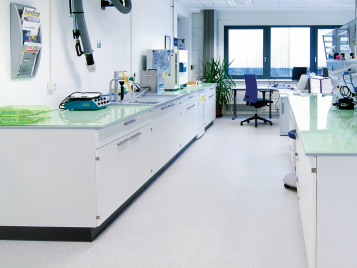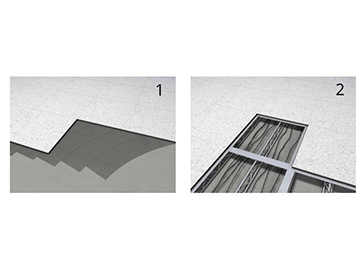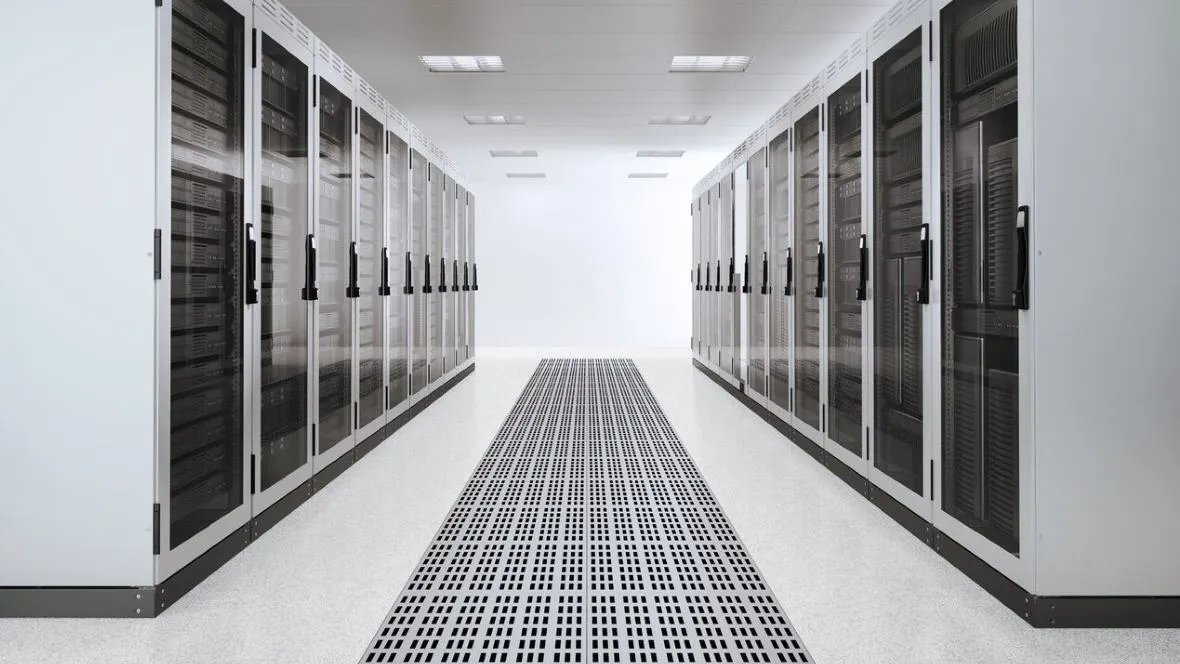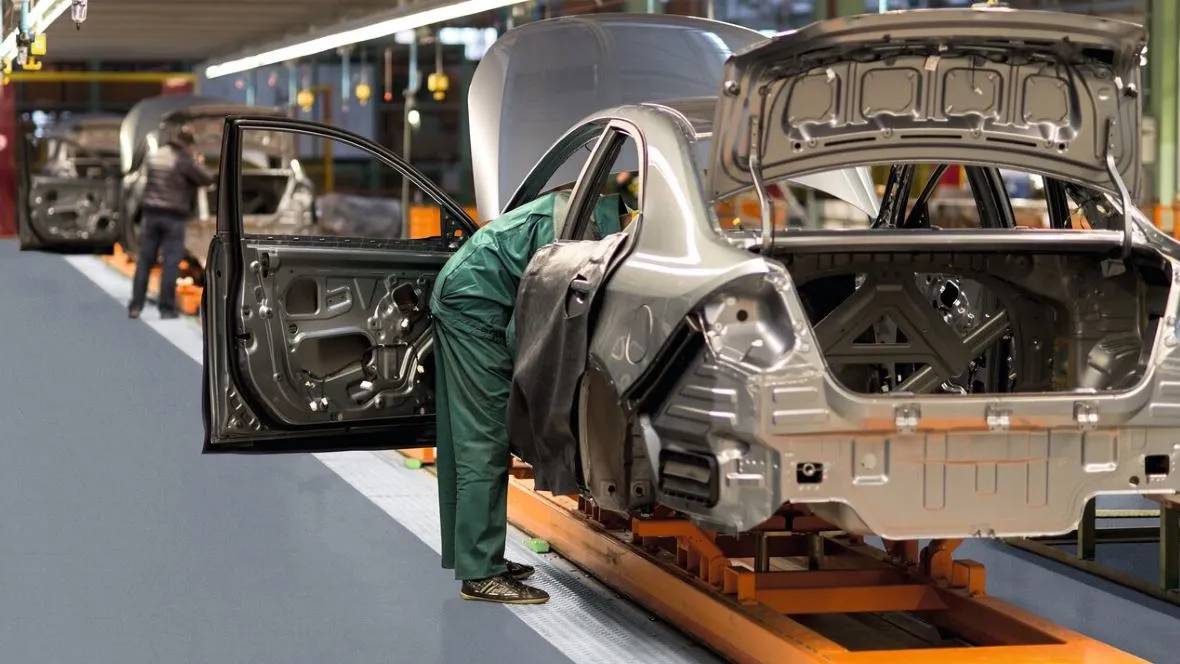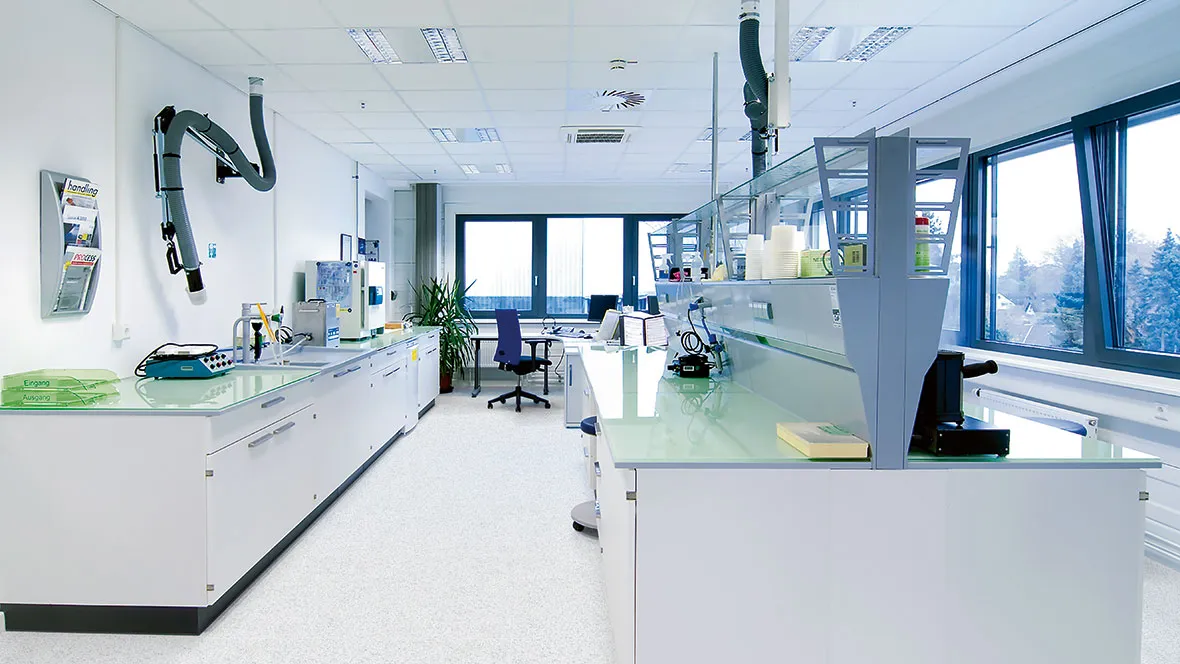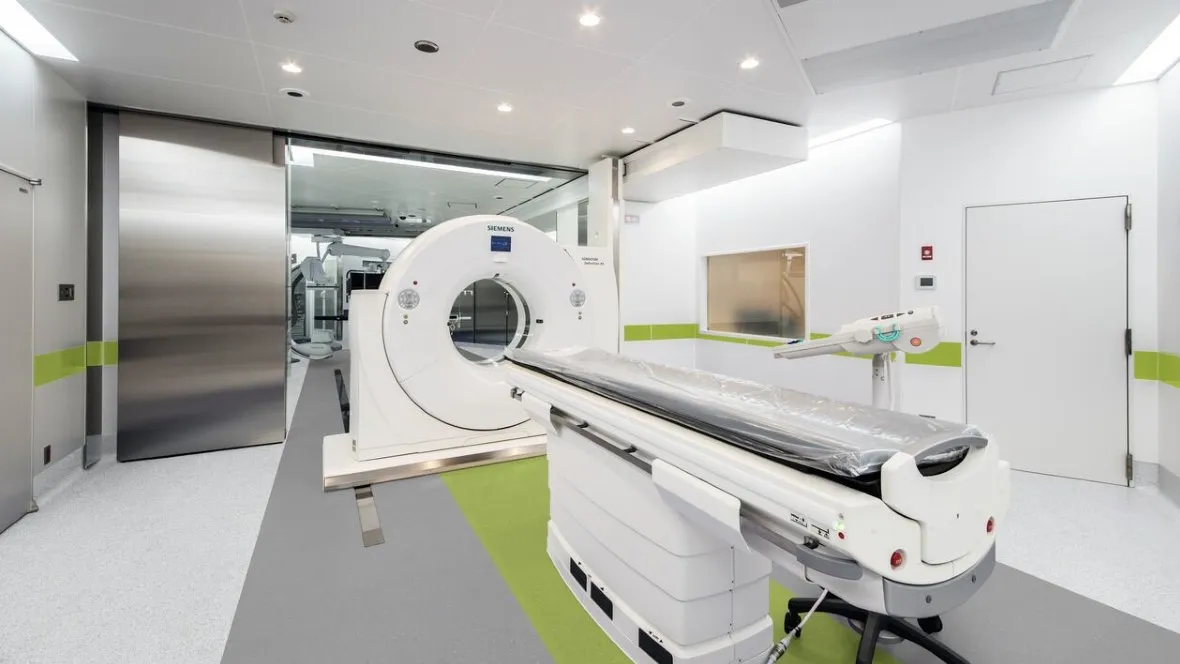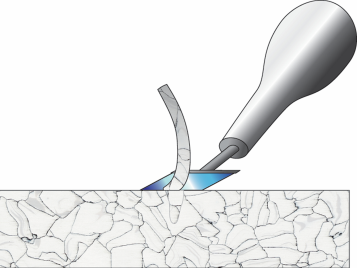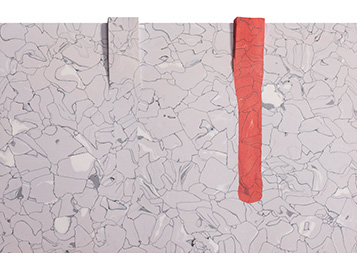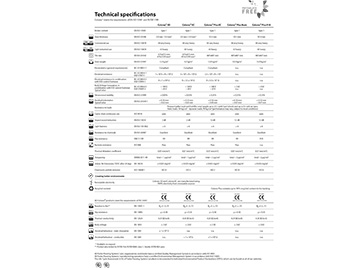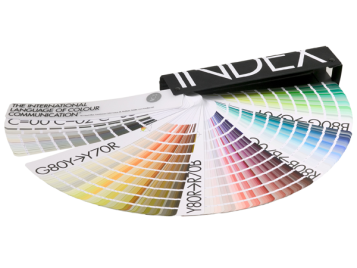colorex
ec
Colorex EC is an electrostatic conductive flooring tile with permanent ESD properties throughout it's life, regardless the humidity level of the area. Because of the dense of network of conductive veins, static charges flow easily through the floor to earth.
Colorex EC can withstand and control most demanding conditions and offers a suitable solution for highly sensitive areas such as cleanrooms and for demanding production sites in the electronics, life sciences and manufacturing industry.
Colorex Signal glow (EC 250299) offers a luminous effect in the dark, ideal for markings on the floor such as emergency exists or escape routes. The human eye is most sensitive to green light, which appears brighter, which is why Colorex Signal glow lights up green in the dark.
EC 250201 everest
| Thickness | 2 mm |
| Length x width | 61,5 cm x 61,5 cm |
| NCS | S 0500-N |
| LRV | 81% |
| Recycled content | 25% |
| Renewable electricity | 100% |




